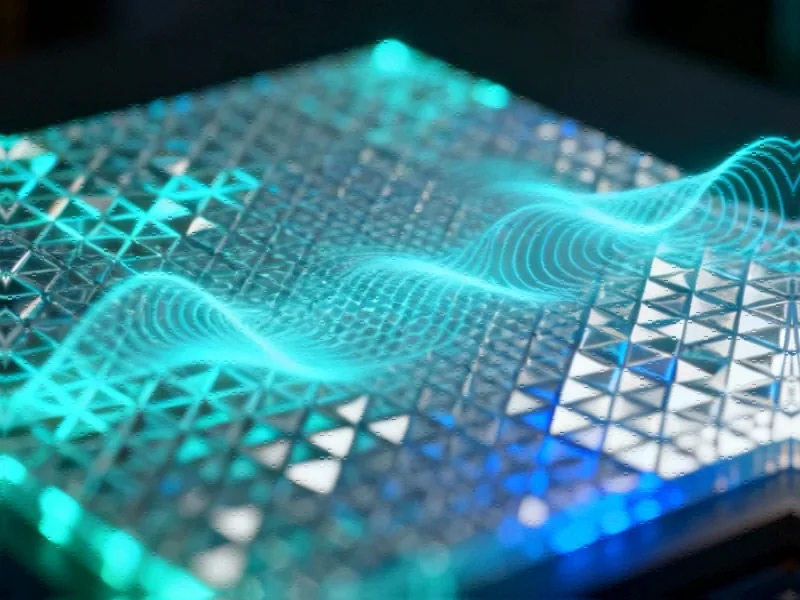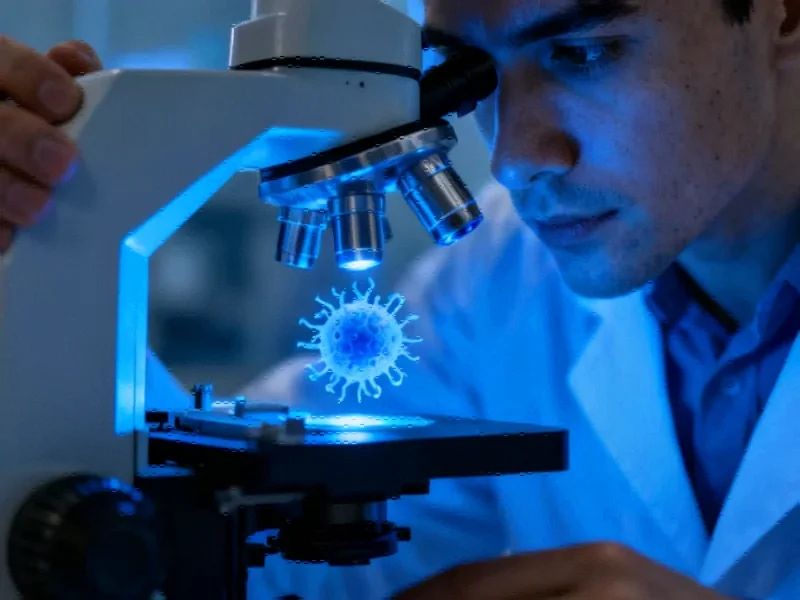Breaking the Signal Processing Bottleneck in Polarimetry
Traditional polarization detection systems have long relied on complex computational algorithms to reconstruct Stokes parameters from multiparameter optical responses. This post-detection decoding approach faces significant challenges when response channels become coupled or when signal amplitudes vary dramatically across different parameters. The fundamental limitation lies in the information loss that occurs during the inversion of system response functions, particularly in conventional photodetection systems where channel crosstalk and mathematical ill-conditioning have persisted as major obstacles to accurate polarization quantification.
Metaphotonic Innovation: Channel-Level Decoupling
The breakthrough development in metaphotonic photodetectors represents a paradigm shift in polarization measurement technology. By implementing channel-level decoupling at the device architecture level, researchers have created independent photovoltage channels specifically designed for each Stokes parameter. This nanoengineering approach achieves what was previously thought impossible: minimal crosstalk between detection channels while maintaining high sensitivity across all polarization states. The device’s responsivity matrix now approaches a near-unity condition number, dramatically reducing the mathematical instability that has plagued traditional polarization detection systems.
This advancement in photonic device architecture represents one of the most significant related innovations in optical sensing technology, potentially opening new pathways for integrated photonic systems across multiple applications.
Hardware-Level Optimization Reduces Computational Dependency
What makes this metaphotonic photodetector particularly revolutionary is how it redistributes the computational burden from software to hardware. Traditional systems required sophisticated machine learning algorithms and complex signal processing to compensate for device limitations. The new approach fundamentally rethinks this relationship by optimizing the photodetector itself to produce cleaner, more decoupled signals from the outset. This hardware-level optimization means that even basic processing algorithms can now achieve accurate Stokes parameter quantification that previously required advanced computational methods.
The implications of this development extend beyond polarization detection, potentially influencing broader industry developments in computational photonics and integrated sensing systems.
Applications Across Optical Technologies
The direct Stokes quantification capability opens new possibilities across multiple domains:
- Remote sensing and Earth observation: Enhanced atmospheric polarization measurements without complex post-processing
- Medical imaging: Real-time tissue polarization characterization for improved diagnostic capabilities
- Industrial inspection: In-line polarization monitoring for quality control in manufacturing processes
- Communications: Potential applications in polarization-based encoding schemes
These applications benefit from the device’s ability to provide immediate Stokes parameter readouts, eliminating the latency associated with computational reconstruction. The technology represents a significant step forward in recent technology that bridges the gap between optical hardware and computational efficiency.
Integration with Existing Systems and Future Directions
The compatibility of these metaphotonic photodetectors with standard fabrication processes suggests relatively straightforward integration into existing optical systems. Researchers emphasize that the nanoengineered photodetector architecture doesn’t require exotic materials or prohibitively complex manufacturing techniques, making scalable production feasible. Future research directions include expanding the operational bandwidth, improving temperature stability, and exploring integration with on-chip processing elements.
As the field advances, these developments in optical sensing parallel other market trends toward more integrated, computationally efficient measurement systems across scientific and industrial applications.
Broader Implications for Photonic Computing and Sensing
This breakthrough in direct Stokes quantification represents more than just an improvement in polarization measurement—it demonstrates a fundamental principle of co-designing hardware and measurement mathematics. By optimizing the physical device to match the mathematical requirements of the measurement task, researchers have created a system that performs better while requiring less computational overhead. This approach could inspire similar innovations across photonic computing, sensing, and communication technologies.
The timing of this optical innovation coincides with important industry developments in computational infrastructure, highlighting how advances in hardware and software must progress in tandem to build more robust technological systems.
The metaphotonic photodetector for direct Stokes quantification marks a significant milestone in the evolution of optical measurement technology, demonstrating that sometimes the most elegant solutions come from rethinking the fundamental relationship between physical devices and the mathematical quantities they’re designed to measure.
This article aggregates information from publicly available sources. All trademarks and copyrights belong to their respective owners.
Note: Featured image is for illustrative purposes only and does not represent any specific product, service, or entity mentioned in this article.



